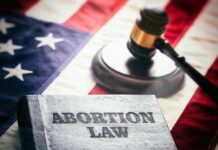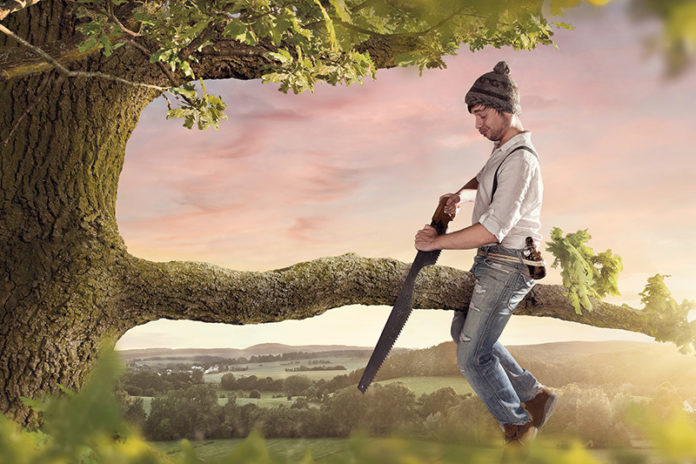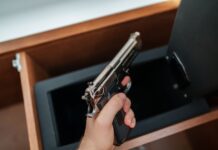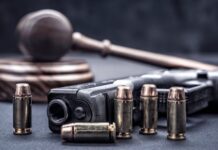American supporters of gun control are aflame with admiration for New Zealand, whose government needed only six days after a mass shooting to enact a strict new gun law. “See. It’s not that hard,” tweeted Sen. Chris Murphy, D-Conn. “This is what leadership looks like,” marveled Rep. Alexandria Ocasio-Cortez, D-N.Y.
It was notable that Prime Minister Jacinda Ardern pushed through a ban on so-called assault weapons with so little opposition. Also notable were the claims about what it will achieve. “Every semi-automatic weapon used in the terrorist attack on Friday will be banned in this country,” she said. The result will be “to make our community safer.”
But the assumption that the restrictions will save the country from mass shootings or other gun violence is unfounded. The guns deemed acceptable by the government, which will remain available, would be fully adequate to wreak the sort of carnage that occurred in Christchurch.
Ardern went beyond what the United States legislated under the assault weapons ban of 1994. The New Zealand law affects all semi-automatic rifles (except the small .22-caliber), shotguns and pistols, not just those that resemble military weapons. It forbids large magazines, as the U.S. law did, but also any gun that can accept a detachable magazine holding more than five cartridges. The idea is to prevent rapid shooting of many rounds.
This set of changes may sound as though it would make a huge difference. A rifle that can discharge 30 bullets in rapid sequence is certainly useful for anyone who wants to shoot as many people as possible in a short period.
But mass shooters don’t kill a lot of people because they find weapons suitable to the task. They find weapons suitable to the task because they want to kill a lot of people. The crucial question is: If these guns were no longer available, could a determined killer find good substitutes? The answer is yes.
The obvious adaptation would be to carry several magazines, which can be switched out in seconds during a shooting spree. Another option is to take more than one gun, as mass shooters often do.
Killers could also resort to different weapons and ammunition. A shotgun capable of holding five rounds could be loaded with buckshot shells, packed with the equivalent of nine .33-caliber pellets apiece — 45 deadly projectiles. Had the Christchurch shooter chosen this option, he might have killed even more people in even less time.
Let’s not forget handguns. A 2018 study of 23 mass shootings in the U.S. in the Journal of the American College of Surgeons found that one-third of the fatalities were inflicted with pistols. The horrific 2007 Virginia Tech shootings, which killed 32 plus the shooter, were done entirely with handguns.
Nor will slowing a shooter down necessarily make a difference. In Christchurch, the killer entered a mosque, laid down a barrage, and returned to his vehicle before going back to do more shooting. Most mass shooters don’t fire as rapidly as possible, because they don’t need to.
There is another reason the ban won’t work: The existing guns that it outlaws will not evaporate. The government will require owners to turn them in for compensation. But there are 250,000 gun owners in New Zealand, with at least 1.2 million firearms. Though most will comply, the ones with criminal intentions will not.
Much is made of the experience in Australia, which outlawed all semi-automatic rifles and shotguns in the wake of a mass shooting — and has had only one mass shooting since. But mass shootings there were rare prior to the ban. Gun homicides did fall after it went into effect — but they had been declining before, and other types of homicide also declined, suggesting that the ban was not a factor.
The New Zealand law has little chance of impeding a future killer from emulating the mosque shooter. Even if it did, it would have little relevance to Americans. The U.S. has far more guns per capita than New Zealand does, including at least 8.5 million “assault rifles.” That doesn’t include millions of other semi-automatic guns with detachable magazines.
A ban similar to the 1994 version would leave these guns in private hands. An effort to force them to be turned in, of course, would be politically and logistically impossible.
After the gruesome Christchurch massacre, the government of New Zealand offered a response that was prompt, decisive and bold. Anyone who thinks it is a solution, though, should be advised: Don’t get your hopes up.

































